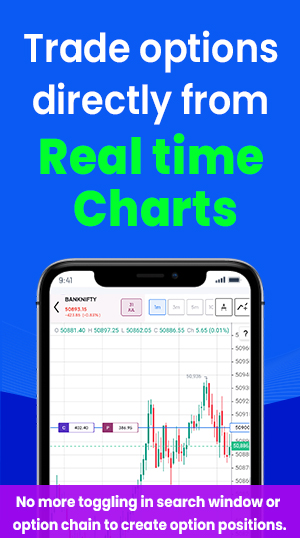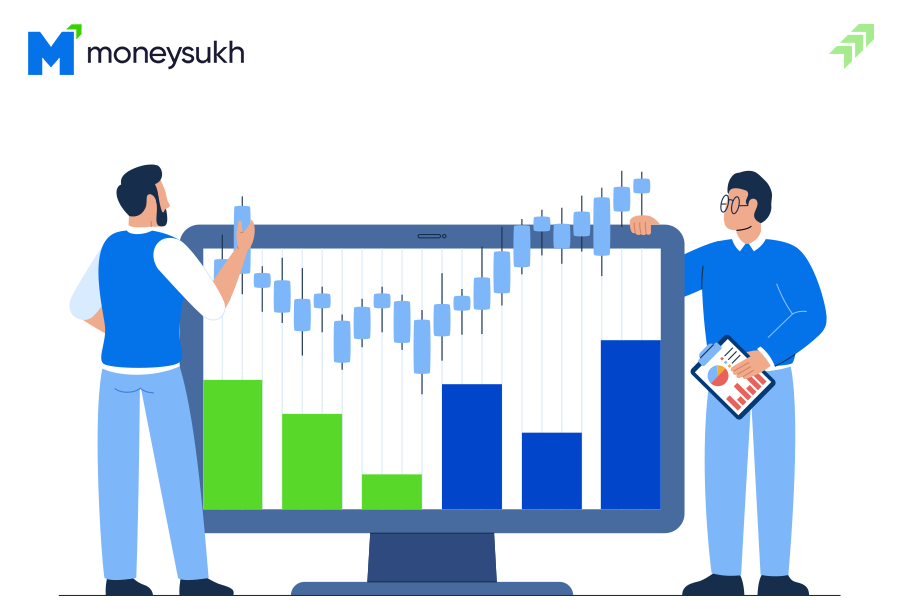Just like algorithm-based trading approaches are prevailing in the financial markets, quantitative trading is also becoming popular among traders. Though, quant trading is more preferred by institutional traders, but now retail and other categories of traders also want to utilize the power of analysing mathematical calculations and using this quantitative based data analysis in trading.
Similar to other trading techniques, you need to choose the right quantitative trading strategy that can fit your investment goals. There are various types of trading strategies you can choose to apply in quantitative trading, here we are going to discuss the top quant trading strategies that are popular among the traders and also work in various market conditions.
Components of Quantitative Trading Strategies:
Before we proceed to discuss about best quant trading strategies used by the traders, we need to know its components and the steps towards choosing the right strategy with quant trading. These crucial steps will help you to choose from top quant trading strategies as per your needs.
Strategy Identification: The first step towards quant trading strategies, is you have to identify the right strategy that suits your risk profile and return expectations. Here you also need to decide a technique to be used in your mathematical model like analysing the price, volume, and other market metrics etc.
Strategy Backtesting: Before implementing the strategy in the live market, it is very important to backtest your strategy using historical market data. It will help you know the possible outputs and give you a chance to optimize or fine-tune your strategy as per the market conditions or your expectations.
Strategy Execution: After backtesting, execution of strategy is another important step you need to follow carefully to ensure the cost transaction and avoid slippage for the success of the strategy.
Also Read: How to Reduce Slippage in Algo Trading: Tips to Avoid Slippage
Risk Management: Proper risk management while trading is necessary to avoid major losses in the market. In quant trading too, you need to analyse various factors like market risk, technical failures etc. that can affect the performance of your strategy. However, to deal with technical risks, advanced technology and more algorithms that are sophisticated to avoid market risk you can use stop-loss.
Top Best Quant Trading Strategies:
Trend Following Strategy in Quant Trading
Trend following is one of the popular trading strategies in quantitative trading in which the current trend of the market is identified and trades executed on the basis of the trend. There are various types of methods to identify emerging trends using quantitative analysis.
To monitor the trend you can analyse the current sentiment of the traders towards a particular stock to develop a model that can predict such a trend when a heavy volume of trade is generated because of institutional investors. And other methods are like identifying the volatility breakouts. Whatever the methodology, mathematical models can be built to analyze and detect emerging trends and trading patterns in market data.
Mean Reversion Strategy in Quant Trading
This is another useful trading strategy in quantitative trading based on the financial theory in which the price of the underlying security tends to revert to its historical averages over time. And if there is any deviation, eventually it should revert to that trend.
Here your quant model can create the algorithm finding the market with a long-standing mean and highlight when it diverges from it.If the diversion is towards the upside, the system will find the potential trade position to short the trade, while in a downward diversion, the system will do the same for creating the long position. This strategy is not suitable to apply to the price of a single market, here the correlation of two underlying securities is important to identify the spread in the long-term trend.
Momentum Trading Strategy
Based on the movement of the security’s price, in this strategy, the security is brought when rises, and sells the same when reaches at its peak. However, this strategy works for the short-term but can be applied in quant trading in which the quant model can be instructed to identify the stocks either trending up or down. But when this strategy is executed precisely, you can take advantage of evident market trends and high momentum indicators that can help you beat other long-term investing strategies.
Though, to identify the trend in the market you use technical indicators like RSI that can help to detect the overbought and oversold conditions of the market. The momentum-based trading strategy in quant trading can be effective if applied correctly and can generate the desired outcomes in various market conditions.
Algorithmic Pattern Recognition
In this strategy in quantitative trading, the model is developed to identify if there is any large trade going to take place by the institutional investors. In such large traders, to minimize the impact on the price of the security, institutional investors, try to trade through multiple exchanges through different brokers and crossing trading networks with the motive to disguise their intention in the market.
The algorithm used in the quant model needs to recognize such large trades early by identifying the custom execution patterns of institutional investors. However, this strategy can be also useful to identify the stocks to buy before any large trade shoots the price up. And to trade in such recognized patterns you need a powerful high-frequency trading (HFT) system to act swiftly.
Sentiment Analysis in Quant Trading
Analysing the sentiment of the market as well as the traders can be one of the most useful tools for quantitative trading. To analyse the sentiment of the traders you don’t need market data, you have to analyse the latest news, social media posts and research reports that can influence the market. An algorithm-based or quant model will use natural language processing to analyse the text and understand the latest sentiment of the market or about a particular security.
Also Read: How to Predict Stock Market Direction: Important Parameters
In quant trading, the model categorizes the sentiment into positive, negative or neutral with numerical values or weights assigned to these words. However, computer systems or applications can easily and much faster read such social media posts than humans with the ability to determine the overall sentiment for the securities. However, using Sentiment Analysis in quant trading is not easy, as sometimes the stock price already moved before the sentiment of the traders is influenced by such news.
Statistical Arbitrage in Quant Trading
Arbitraging opportunities exist in the market when a security is traded at two different exchanges with price differences. And when the price of the two related securities moves differently, the statistical arbitrage strategy can be applied in quant trading. Suppose two stocks that usually move together but have temporarily moved in a different direction, here traders can take positions with the expectation to move with the same pattern.
Statistical arbitrage builds on the theory of mean reversion in which a group of similar stocks should perform similarly on the markets. If any stocks in that group outperform or underperform the average, this could be a profitable opportunity for the traders. Hence, while applying this strategy the quant model needs to learn to pick the group of stocks with similar characteristics.
Machine Learning in Quant Trading
Just like in artificial intelligence (AI), machine learning models can be also applied in quant trading. These models can interpret and analyse a huge amount of data or recognize the complex patterns of price movement to adopt the best suitable trading strategies as per the evolving market conditions.
With the help of algorithms, machine learning models can be trained for quantitative trading strategies. These AI-based quant models can perform mathematical calculations at much faster speed and accuracy with the ability to provide more useful insight about the market. And based on the quant analysis the machine learning model can suggest the most suitable trading strategy as per the market conditions.
Summing-up
Quantitative trading is mainly based on mathematical calculations to analyse the market behaviour and recognize the pattern of the security’s price movement. To trade with the quant technique you need to adopt a quantitative trading strategy that should be first identified, backtested, and then executed with proper risk management. And you can choose from various top quant trading strategies.
Also Read: How to Trade from Strike Price on Graph in Smart Options
The mean reversion, trend following, momentum trading, pattern recognition, statistical arbitraging, sentiment analysis and machine learning in quant are the best quant trading strategies you can use. However, before you opt for the Algorithm trading or quantitative trading approach in your trading you need to understand its pros and cons to make the best use of such a high-frequency trading to get the best results.

















